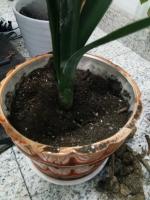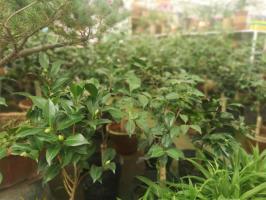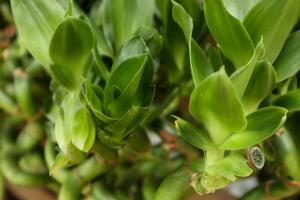Is Pitcher Plant a Tree?
Many people wonder whether pitcher plants are trees. Pitcher plants are unique carnivorous plants that often grow in swamps and bogs. The plants are well known for their unique leaves, which form a tube-like structure used to trap and digest insects. So, are pitcher plants considered trees, or is this a common misconception?
What Are Trees?
Trees are woody plants that typically grow tall, have a single trunk or stem, and branches that extend from the top. They are essential for providing shade, oxygen, and habitats for various species of animals. Trees have a system of root, stem, leaf, and flower that helps them thrive and survive in different environmental conditions.
What Are Pitcher Plants?
Pitcher plants are not trees; in fact, they are not even related to trees. Pitcher plants are carnivorous plants that belong to the family Nepenthaceae of the order Caryophyllales. They are commonly found in wetlands, swamps, and bogs throughout the world, including the Americas, Asia, and Australia.
Pitcher Plant Anatomy
Pitcher plants are named after their unique leaves, which form a hollow tube-like structure called a "pitcher." The pitcher is divided into three parts: the lid, the peristome, and the inner chamber. The lid covers the mouth of the pitcher and prevents rainwater from diluting the digestive enzymes inside. The peristome is a ring of tissue that surrounds the mouth of the pitcher and assists in trapping insects. The inner chamber is where the digestive enzymes are stored to aid in the breakdown of insects.
Carnivorous Diet
Pitcher plants are carnivorous and feed primarily on insects, although some species have been known to trap small vertebrates such as frogs and lizards. The pitcher plant's digestive enzymes break down the insect's protein and other organic matter, which the plant absorbs as nutrients. This allows the plants to grow in nutrient-poor environments such as bogs and swamps.
Pitcher Plant Conservation
Pitcher plants are sometimes threatened by habitat loss, pollution, and over-collection for horticultural and medicinal purposes. Several species of pitcher plants are listed as threatened or endangered under the International Union for Conservation of Nature's Red List. Some conservation efforts include protecting wetland habitats and introducing pitcher plant conservation and education programs.
Conclusion
Pitcher plants are fascinating carnivorous plants, but they are not trees. While they may look similar to trees with their upright stems and foliage, the pitcher plant is a member of a completely different family of plants with unique adaptations for survival in environments with limited nutrient availability.

 how many times do yo...
how many times do yo... how many planted tre...
how many planted tre... how many pine trees ...
how many pine trees ... how many pecan trees...
how many pecan trees... how many plants comp...
how many plants comp... how many plants can ...
how many plants can ... how many plants and ...
how many plants and ... how many pepper plan...
how many pepper plan...






























